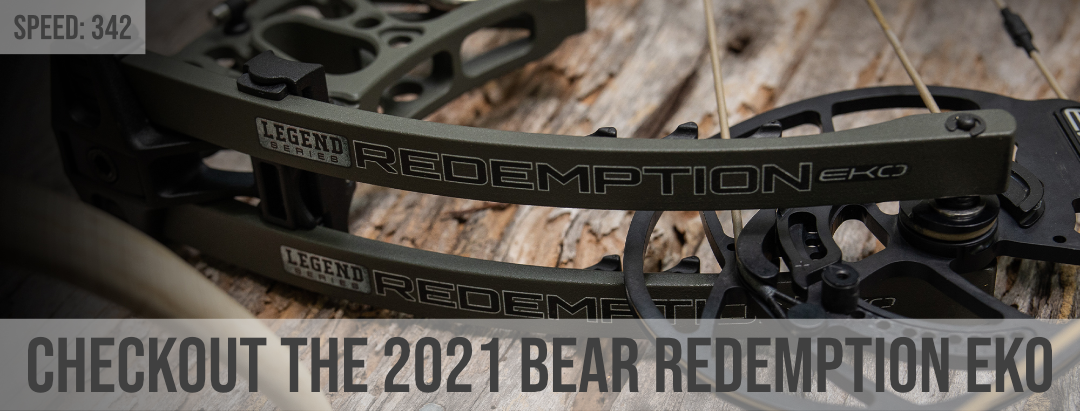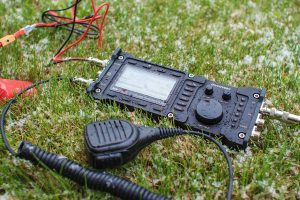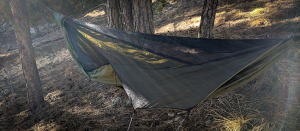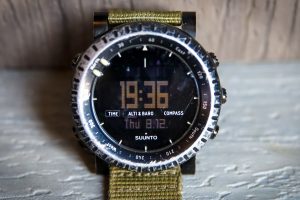Picking a Stove
2 min read
So, you’ve decided to go with a stove. Now the hard part begins – what kind? There are ones with canisters, ones with require liquid fuel, ones made out of a tuna fish can, and the list goes on. Which one is right for you? Let me give you some insight on how I arrived at the one I use. I considered several things: weight, ease of use, potential for smell (on me, my clothes and around camp) and cost.
Something that is synonymous with liquid fuel is smell. What if the fuel bottle leaks while in my pack? The hunt is over. Liquid fuel stoves tend to be messy and smelly; they also tend to be the largest of the stoves. Taking the liquid fuel stoves off the list was very easy. Besides, you must keep these kinds of stoves clean. There are plenty of “O” rings which need lubricated and plastic parts that can break. If you don’t, you won’t be able to heat lunch while on a snow shoeing trip around Bear Lake in the Rocky Mountain National Park like me. I hadn’t used the stove in a while. The pump needed rebuilt and several parts replaced for it to work again. This is definitely not a stove you can buy, leave it in you pack until next year and expect it to work without some attention.
You can expect to pay anywhere from a few dollars to $100 plus dollars for a good stove. What is an adequate price range? For around $40 you’ll be able to get a very reliable stove that needs little maintenance and starts every time.
 I settled on a Snow Peak Giga Power stove with a feature Snow Peak calls “auto start”. The auto start portion is nothing more than a spark creating device attached in such a position that I can, turn on the gas, press a button and a spark ignites the flame. The stove screws on to the top of a canister of fuel made of Butane, Propane or Isobutane Blend. There are advantages to each type of fuel. Performance may decrease in temperatures below freezing, however blended alternatives – butane/propane and isobutane – work better than straight butane in cold conditions. Pure propane works well down to 0°F. Butane will not work below 32°F. I use Snow Peaks GigaPower fuel as well. Their fuel canisters fit nicely inside Snow Peaks cook sets.
I settled on a Snow Peak Giga Power stove with a feature Snow Peak calls “auto start”. The auto start portion is nothing more than a spark creating device attached in such a position that I can, turn on the gas, press a button and a spark ignites the flame. The stove screws on to the top of a canister of fuel made of Butane, Propane or Isobutane Blend. There are advantages to each type of fuel. Performance may decrease in temperatures below freezing, however blended alternatives – butane/propane and isobutane – work better than straight butane in cold conditions. Pure propane works well down to 0°F. Butane will not work below 32°F. I use Snow Peaks GigaPower fuel as well. Their fuel canisters fit nicely inside Snow Peaks cook sets.



